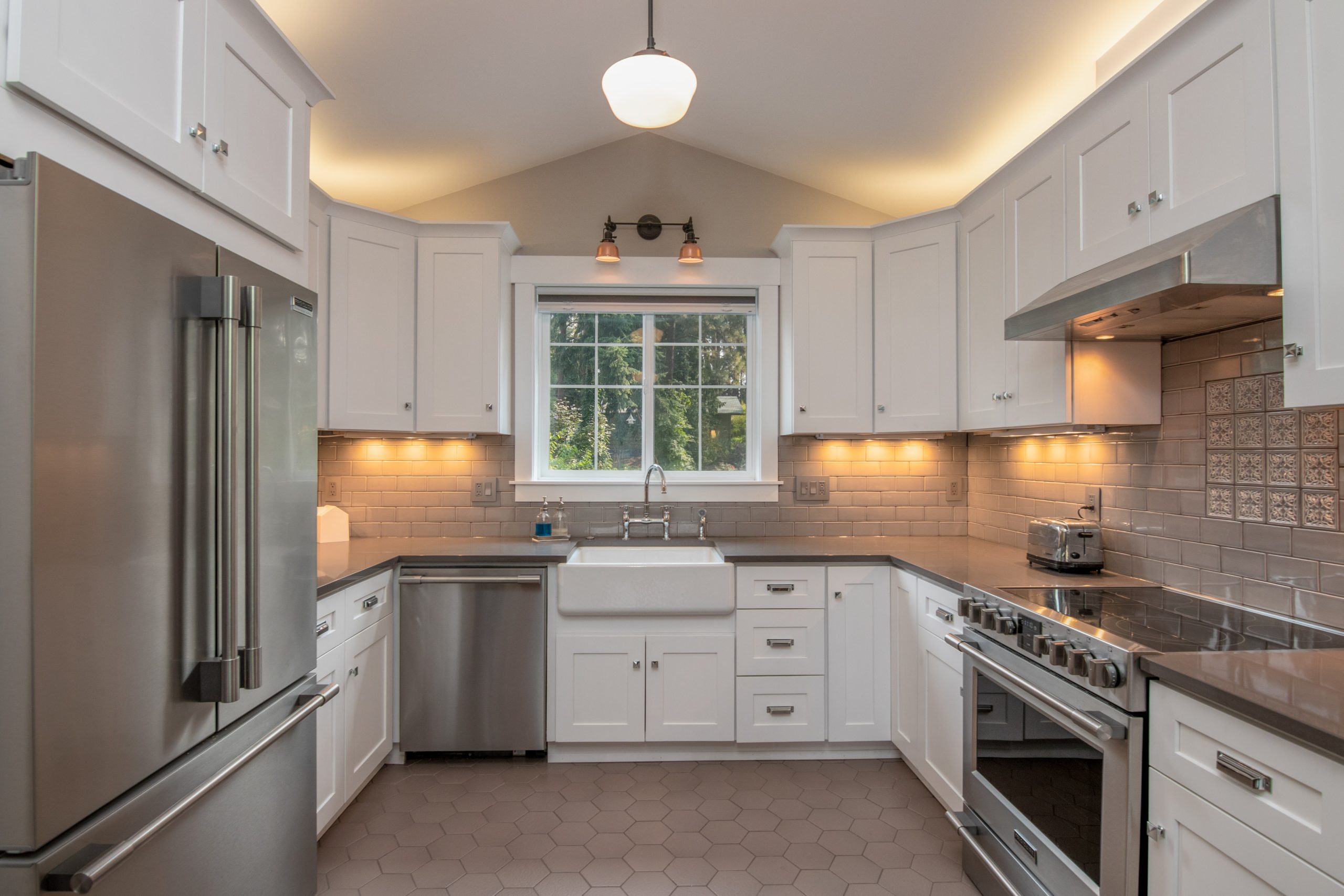In the wake of the COVID-19 pandemic, the global workforce witnessed a dramatic shift toward remote work. As millions of employees traded in their daily commutes for home offices, the repercussions of this unprecedented shift have rippled through various aspects of our lives. One area significantly impacted by this transition is the housing market. In this article, we delve into the multifaceted effects of remote work on housing trends and explore how this paradigm shift has reshaped the way we think about our homes.
- The Rise of Suburban Resurgence: With the freedom to work from anywhere, professionals have flocked to suburban areas in search of larger living spaces, greener surroundings, and a better quality of life. As major cities lost their appeal due to reduced commute requirements, suburbs experienced a resurgence in popularity. Real estate markets in suburban areas boomed as demand soared, driving up housing prices and triggering a wave of urban exodus.
- Remote Work-Friendly Amenities: As remote work became the new normal, homebuyers and renters began prioritizing specific features to accommodate their remote work needs. Dedicated home offices, high-speed internet connectivity, and outdoor spaces suitable for work and relaxation have become essential criteria in housing choices. Properties offering such amenities have seen increased demand, leading to a reimagining of home design and the development of flexible living spaces.
- Regional Migration Patterns: The transition to remote work has prompted a reevaluation of geographical constraints. Employees are no longer tied to specific cities for work, leading to increased mobility. This newfound freedom has fueled a surge in regional migration as individuals and families seek out locations that align with their preferences, whether it’s proximity to nature, affordable living costs, or access to cultural and recreational opportunities. Some regions, previously overlooked, are experiencing an influx of new residents, stimulating local economies and transforming communities.
- Impact on Urban Centers: While suburbs have flourished, the impact on urban centers has been more complex. With a decrease in office occupancy rates, commercial real estate values have plummeted, raising concerns about the future viability of densely populated urban areas. However, remote work has also allowed some individuals to reconsider city living, leading to more affordable housing options in previously unattainable neighborhoods. As cities adapt and reimagine themselves, they are striving to strike a balance between workspaces, housing, and cultural vitality to remain attractive to both residents and businesses.
- Socioeconomic Disparities: While remote work has offered flexibility and advantages to many, it has also exacerbated existing socioeconomic disparities. Not all professions or individuals can transition seamlessly to remote work, as sectors such as hospitality, retail, and manual labor require physical presence. Additionally, access to reliable internet, suitable workspace, and affordable housing remains a privilege not enjoyed by everyone. Addressing these disparities is crucial to ensure equitable opportunities for all individuals in the changing work landscape.
Conclusion: The seismic shift toward remote work has undeniably reshaped housing trends, prompting a reimagining of where and how we live. Suburban areas have experienced a surge in popularity, while urban centers face both challenges and opportunities in adapting to the evolving demands of remote work. As the world navigates this new work paradigm, it is essential to address socioeconomic disparities and ensure that the benefits of remote work extend to all members of society. Only then can we fully harness the transformative power of remote work and housing trends for the betterment of individuals, communities, and the global workforce as a whole.











